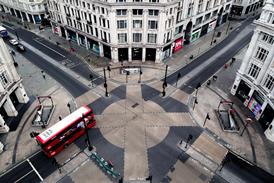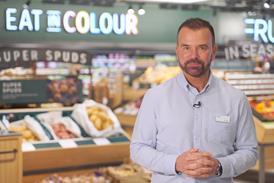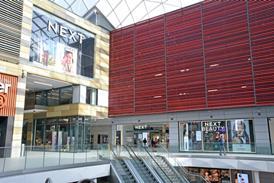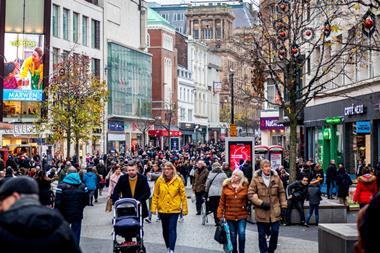Consumers have been warned to prepare for a “festive hangover” after the growth in levels of disposable income slowed during November.
The average UK household had £193 of discretionary income last month, up £14 a week compared with November last year.
But that increase – which marked the 13th consecutive month of double-digit growth – was significantly lower than the average over the course of the year.
According to the Asda Income Tracker, families have seen their disposable income increase by an average of £17 every week year on year during 2015.
That funded spending on big-ticket items during the first three quarters of the year, while spending on vehicles jumped 11.5% this year compared with 2014.
Between January and September, consumers spent £861bn, up from £835bn during the first three quarters of 2014.
“Customer spending has shifted this Christmas with households spending less on food and drink in 2015 compared with last year and instead families are using their increased spending power on leisure and festive fun”
Andy Clarke, Asda
But retailers in certain categories, including grocery, struggled to increase their slice of the pie, as consumers splashed their extra cash on leisure activities. The Tracker said spending on recreational and cultural activities rose 8.3% ahead of the golden quarter.
According to the data, the amount of disposable income spent on jewellery and watches grew 9.1% in the first three quarters of the year compared with the same period in 2014, while there was a 6.6% uplift in the amount spent on furniture.
But Brits spent 2.1% more on dining out in restaurants and cafes as consumers opted to use their additional disposable income to eat out, rather than spending more in supermarkets.
Asda boss Andy Clarke said: “The good news for customers is that pressure on household budgets has clearly eased in the run up to Christmas as a direct consequence of decreases in the cost of food, fuel and energy prices.
“There are also indications that customer spending has shifted this Christmas, with households spending less on food and drink in 2015 compared with last year, and instead families are using their increased spending power on leisure and festive fun, which is understandable after a period of financial uncertainty.”
CEBR economist Sam Alderson added: “While growth in spending power has slowed to its lowest level in the past 12 months, the boost is still considerable – particularly given that spending power has risen on an annual basis for over two years.
“Buoyed by these increases, households have increased spending over the past year – particularly on big-ticket items such as jewellery and household appliances.”










![Ollie Pryor[46]](https://d53bpfpeyyyn7.cloudfront.net/Pictures/274x183/1/7/1/3119171_olliepryor46_336332_crop.jpg)

















No comments yet